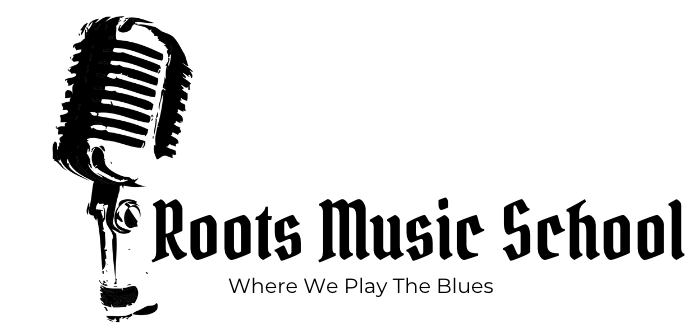Bb Guitar Chord: The #1 Full Guide
The Bb guitar chord also known as the B flat or Bb Major chord is a versatile chord that is commonly used in blues and jazz music. Did you know that the Bb Major chord is produced by playing the 1st (root), 3rd, and 5th notes of the Bb Major scale?
By the end of this article, you will have a better understanding of how to play the Bb chord on a guitar and how it can be used to add depth and complexity to your music.
 The Bb Chord: Unleash the Emotion
The Bb Chord: Unleash the Emotion
The Bb chord’s unique tonality infuses your music with a sense of emotion and complexity, making it an essential tool in various genres. The Bb chord contains the notes Bb, D, and F.
The Bb chord, like all Major chords, contains the following intervals: From the root note, Major 3rd, minor 3rd, Perfect 4th, then back to the root note. It allows you to convey feelings and moods with grace and finesse.
Cracking the Bb Chord Code
 How to play the Bb chord in 6 steps:
How to play the Bb chord in 6 steps:
-
Finger Placement: Begin by using your index finger to press down on the 1st fret of the A string (the second thickest string), marking the root note (Bb).
-
Middle Finger: Position your middle finger on the 3rd fret of the D string (the third thickest string), forming the major third (D).
-
Ring Finger: Place your ring finger on the 3rd fret of the G string (the fourth thickest string), creating the perfect fifth (F).
-
Pinky Finger: Add your pinky finger to the 3rd fret of the B string (the second thinnest string), completing the chord with the minor seventh (Bb).
-
Strumming: Strum from the A string (the second thickest string) down to the high E string (the thinnest string). You can omit the low E string (the thickest string) for a cleaner sound.
-
Sound Check: Strum the strings individually to ensure each note rings out clearly. Adjust finger placement if needed for a resonant sound.
The Bb Chord in Action: Playing Songs
The Bb guitar chord’s emotive quality makes it an excellent choice for songs that evoke deep feelings. Here are a few popular tunes that feature the Bb guitar chord:
-
“Stand by Me” by Ben E. King: The Bb chord contributes to the timeless and soulful atmosphere of this classic ballad.
-
“Hallelujah” by Leonard Cohen: The Bb chord adds a touch of emotion to the chord progression, enhancing the song’s profound impact.
Want to know some more songs that feature the Bb Chord?
“Sweet Child O’ Mine” by Guns N’Roses
“Let It Be” by The Beatles
“Don’t Stop Believing” by Journey
“Livin’ on a Prayer” by Bon Jovi
“With or Without You” by U2
“White Room” by Cream
Tips for Mastering the Bb Guitar Chord
Tips to enhance your playing:
-
Dedicated Practice: Set aside focused practice time to build muscle memory and finger strength.
-
Smooth Transitions: Work on transitioning smoothly between the Bb chord and other chords to improve your overall playing fluency.
-
Experiment with Strumming Patterns: Try different strumming patterns to add rhythm and dynamics to your Bb chord progressions.
-
Finger Placement: Pay attention to the placement of your fingers to ensure each note sounds clear and resonant.
What To Avoid
The Bb guitar chord is one of the hardest barre chords around. Here are some things to avoid when learning this chord.
- Avoid playing the open E string: When strumming this shape of the Bb guitar chord, never play the open E string. One way to avoid this is to gently touch the Low E String with the upper part of the flesh from the index finger. Just a slight touch will do to mute the string and ensure that you can strum without worrying about any unwanted sound.
- Avoid Practicing on Fret 1 and Fret 3: Instead, start higher up the fretboard (fret 5 and 7 are a good place for most) and then work your way down one fret at a time. This is standard practice in teaching and seasoned guitarists know this already.
- Avoid placing index finger first: It makes far more sense to first put the weaker ring finger on, which is doing a lot more work than the stronger more independent index finger.
Now you should have a better understanding of this complex chord. As you strum, explore variations, and play songs, you’ll discover the power of this chord to convey emotion, depth, and resonance in your music.

